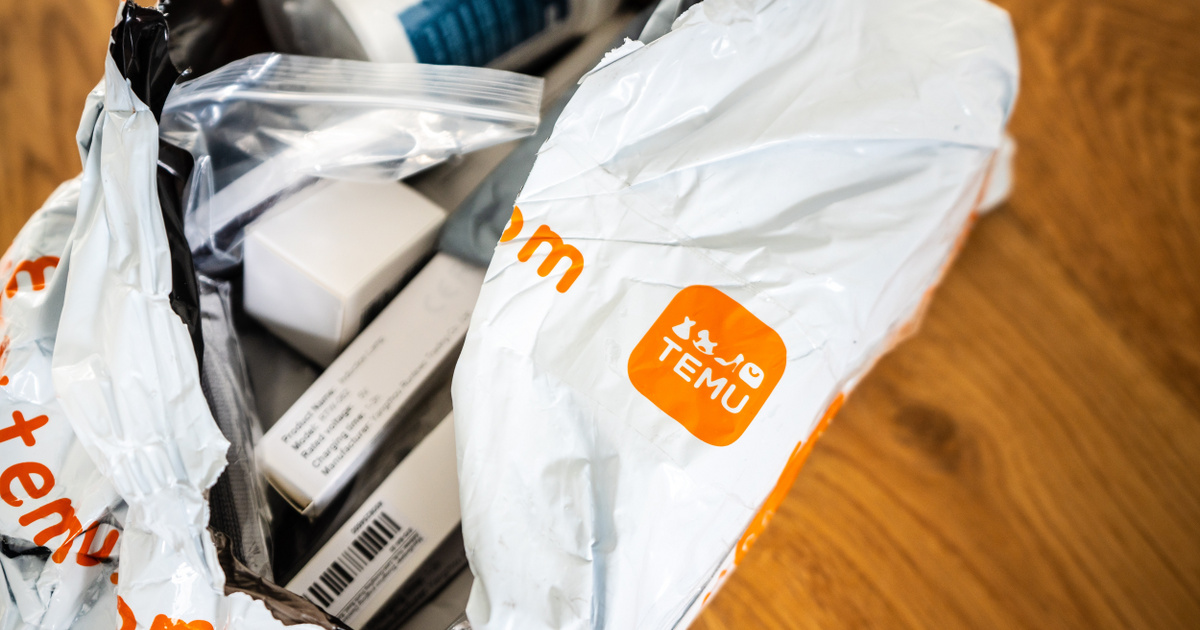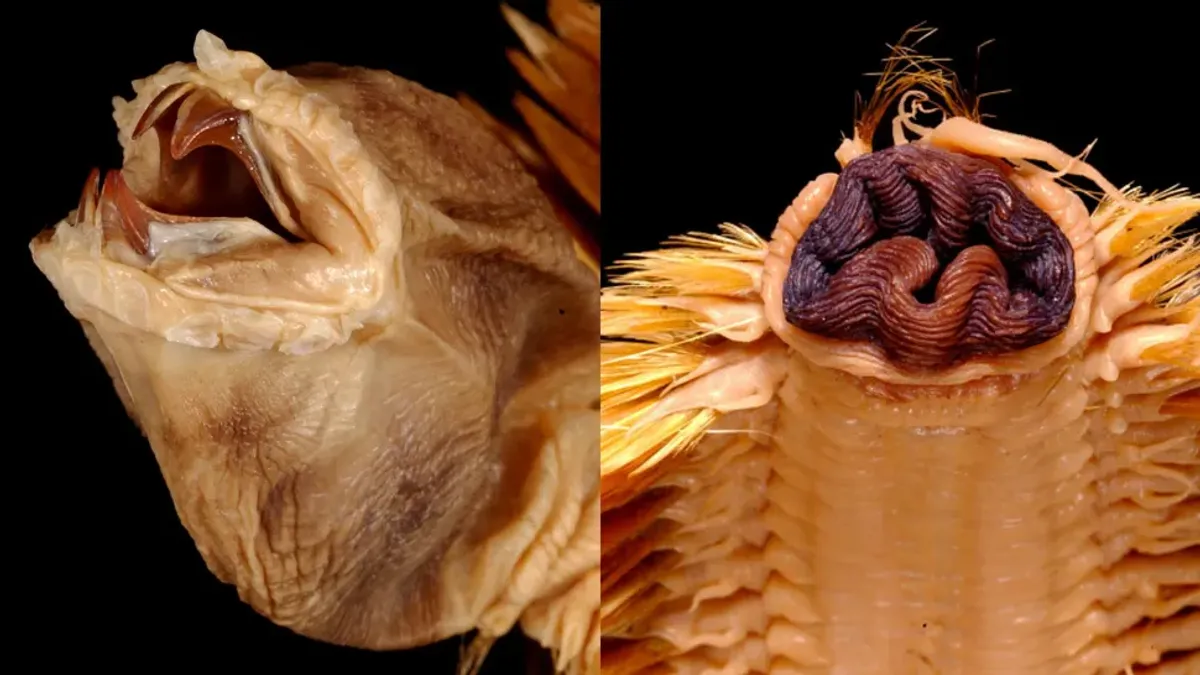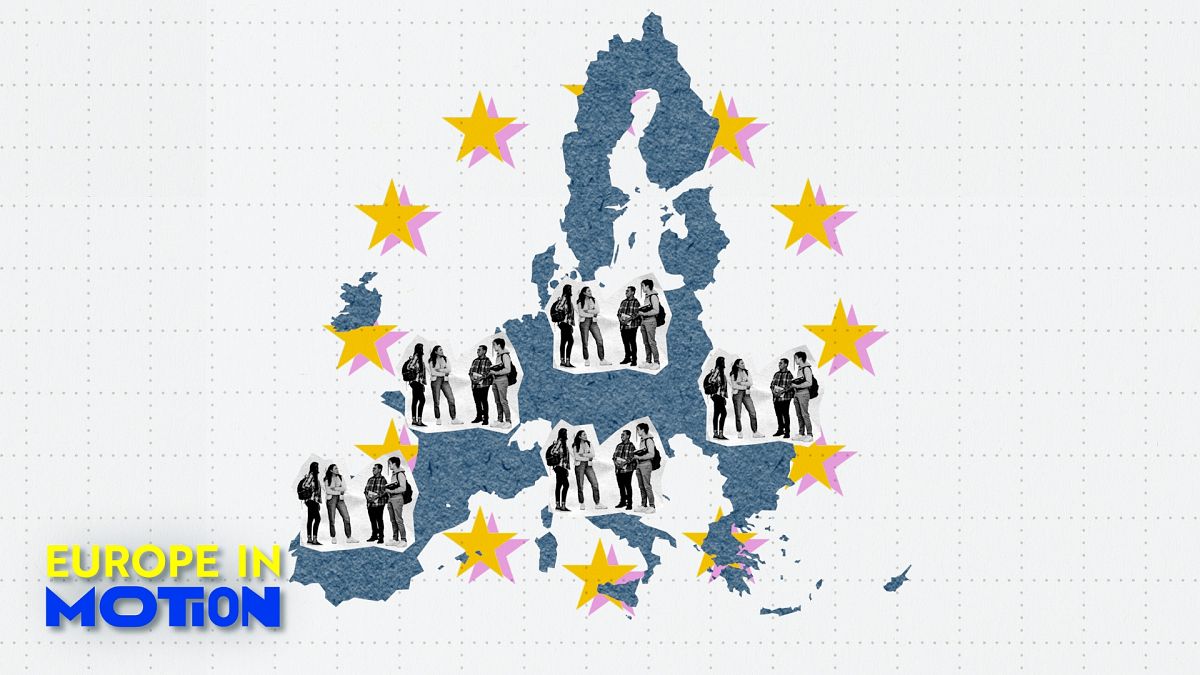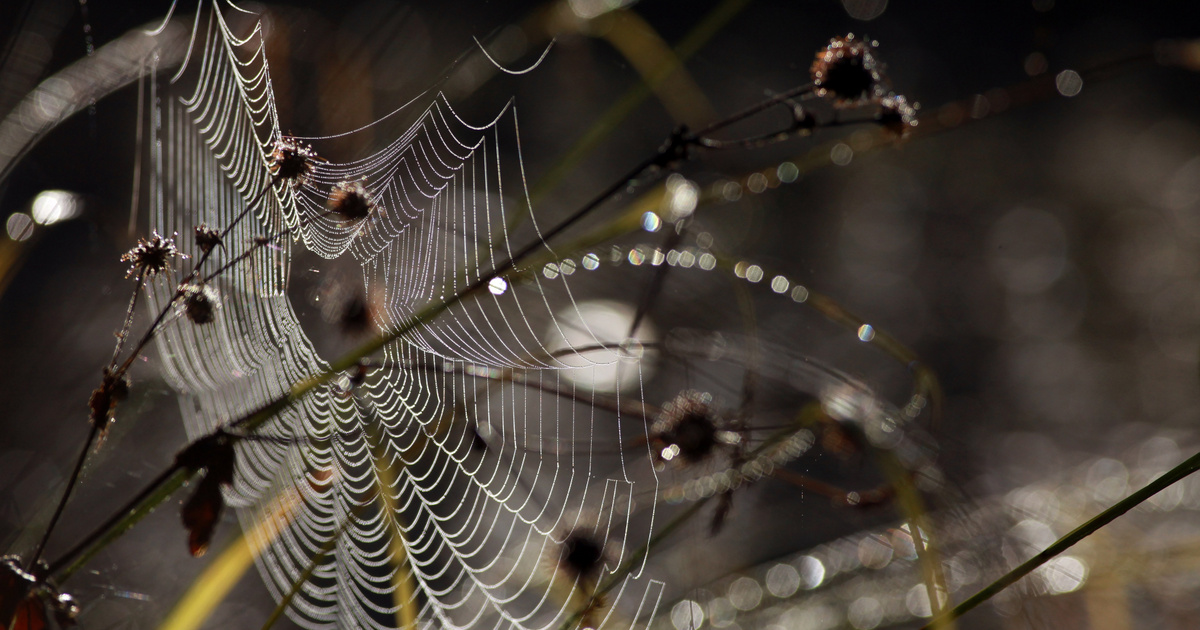Previous studies have found that spider webs also trap other air pollutants, such as magnetic particles and heavy metals. In a 2019 publication from the University of Cambridge, researchers also revealed that the . file micro plasticThe best indicator of pollution is the level of nearby human activity, he writes Music. Microplastics are very small, invisible to the naked eye and are dangerous pollutants, but the good news is that spider webs can catch them just like their lunch, mosquitoes.
The best natural filter
Researchers at Germany’s University of Oldenburg examined spider webs for the first time and found that the sticky, silky fibers are ideal for filtering microplastic pollution, but have also been shown to trap other air pollutants, such as magnetic and heavy particles. Metal, for perfect artwork. with their creativity.
Millions of tons of plastic fragments less than 5 millimeters in size, which come mainly from cosmetics, clothing and food packaging, cheerfully travel around the world on the wings of the wind, but unfortunately also pollute the ecosystem: they accumulate in water, soil, grass and trees. Microscopic animals and small fish mistake molecules for their real food, eating them and becoming endangered.
According to scientists, European lakes contain much more microplastics than healthy ones, which can accumulate indefinitely, because the exchange of water in stagnant water takes a long time.
Spiders can be found all over the world, including cities. Their sticky net is the perfect trap for anything floating in the air
Barbara Schultz-Butcher of the university’s Institute of Marine Chemistry and Biology (ICBM) said: micro plastic– Expert. However, no one has investigated spider webs to filter microplastics. It’s hard to imagine, but German researchers collected spider webs from bus stops in Oldenburg, which they examined under a microscope in the laboratory. Then came the surprise: Plastic pieces from mineral water bottles, textile plastic particles, tire components and PVC were seen in the spiders’ apartment.
All cobwebs are contaminated with microplastics
PhD student Isabel Gusman said. There were nets that consisted of a tenth of the pollutants.
partialplastic It accumulates surprisingly quickly in spider webs, and with its help it is also possible to easily and cost-effectively assess the content of harmful substances in the inhaled air. It has been emphasized once again that one of nature’s greatest inventions is the spider’s web, which helps decompose plastic and neutralize the enemy of plastic – how we persistently fight it with a vacuum cleaner.
(Cover image by Matt Cardi/Getty Images)




















.jpg)






















